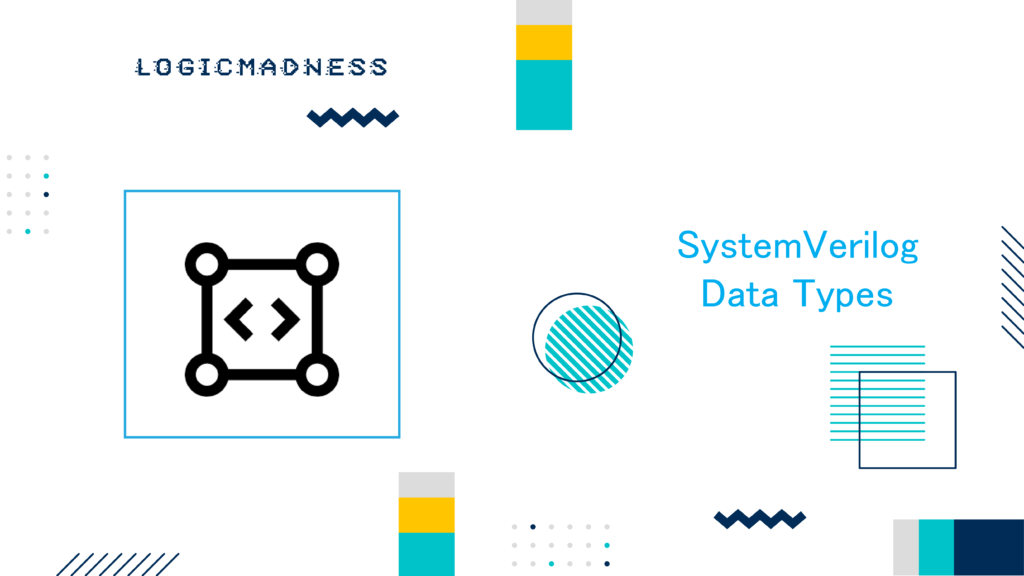In SystemVerilog, class definitions can sometimes get very large and complex, especially when multiple functions and tasks are included. This can make it difficult to quickly identify and understand the available functions and variables within the class. One way to simplify this is by using the extern keyword for method declarations. By using SystemVerilog extern, you can separate the method’s declaration from its implementation, which can help to make your code cleaner and more organized.
What is the extern Keyword in SystemVerilog?
The extern keyword in SystemVerilog is used to declare a method (function or task) without providing its implementation inside the class body. The actual implementation of the method is provided outside the class body, making the code more modular and easier to manage.
Example of Using extern in SystemVerilog
Let’s walk through an example to see how the extern qualifier is used:
class ABC;
// Declare a function with extern keyword
extern function void display();
endclass
// Outside the class body, we provide the function implementation
function void ABC::display();
// Display a simple message
$display ("Hello world");
endfunction
How Does This Work?
- Class Declaration: The
ABCclass contains a method calleddisplay()that is declared using theexternkeyword. - Function Definition: After the class declaration, the
display()function is defined outside of the class body. This is where the actual logic (in this case, printing “Hello world”) is implemented. - Calling the Function: In a testbench (or
module), an object of theABCclass is created, and thedisplay()method is called.
Full Example in a Testbench
Below is a complete example showing how to declare the class, define the function, and use it in a testbench module.
module tb;
// Create an object of class ABC
initial begin
ABC abc = new();
abc.display(); // Call the display method
end
endmodule
Simulation Log
When running the simulation, you will see the following output:
ncsim> run
Hello world
ncsim: *W,RNQUIE: Simulation is complete.
Advantages of Using extern
- Code Organization: By using
extern, the class definition becomes cleaner and shorter. You only need to declare the function inside the class, and you can define it separately. - Reusability: The function implementation can be reused in multiple places if needed, without being tied directly to the class definition.
- Improved Readability: Large classes with many functions and tasks can become difficult to read. Using
externhelps improve code readability by separating the declaration and definition of methods.
Comparison: Using extern vs. Regular Function Declaration
| Feature | Regular Function Declaration | Using extern |
|---|---|---|
| Function Location | Defined inside the class body | Declared inside the class, defined outside |
| Code Organization | Can lead to large, complex classes | Cleaner, more modular structure |
| Readability | May become hard to read with many functions | Improves readability and modularity |
| Implementation Flexibility | Tightly coupled with the class | Allows implementation outside the class body |
Conclusion
Using extern in SystemVerilog allows you to separate function declarations from their implementations, making your code more organized and readable. This technique is especially useful when working with large classes or when you need to implement methods in a different file or location. By adopting this practice, you can improve both the maintainability and readability of your SystemVerilog code.

